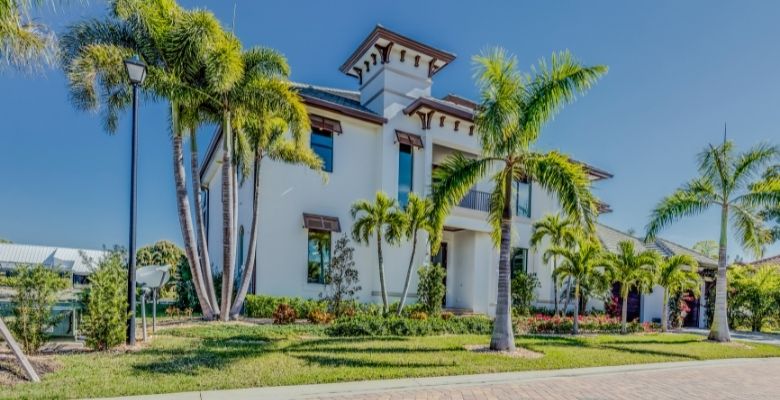
South Florida Property Taxes: An Overview
Luxury Home Property Taxes
As a homeowner in South Florida, you are responsible for paying property taxes to your local government. The amount of tax you owe is based on the assessed value of your home, which is determined by the county property appraiser. The taxes you pay fund important services like schools, roads, and public safety.
Necessary elements of homeownership in South Florida
While property taxes are generally considered to be a necessary part of owning a home, they can be a burden for some homeowners, particularly those who own South Florida luxury homes. Luxury homes are often more valuable and expensive than average homes, which means that they are usually taxed at a higher rate. In addition to paying more in property taxes, luxury homeowners may face additional challenges when appealing their tax bills.
In this guide, we’ll explore how South Florida property taxes work and why luxury homeowners might be concerned about them. We’ll also discuss how to appeal your property taxes if you feel that the amount you owe is unfair or too high.
South Florida Property Taxes: An Overview
The first step in understanding your South Florida property taxes is learning about how those taxes are calculated. Your local government calculates your tax bill based on two factors: the assessed value of your home and its millage rate. The millage rate is the percentage of your home’s assessed value that you must pay in property taxes.
South Florida, like other areas of the country, uses a variety of millage rates to fund different services and programs. The most common types of tax rates are:
General operating millage rate – This tax is used to support general government operations and usually fluctuates based on the county budget each year.
- This tax is used to support general government operations and usually fluctuates based on the county budget each year. School district operating millage rate – Each school district sets its own millage rate for operating funds, which helps cover their expenses for things like teacher salaries and school supplies.
- Each school district sets its own millage rate for operating funds, which helps cover their expenses for things like teacher salaries and school supplies. Non-ad valorem assessments – These are taxes that are not based on your home’s value but instead fund specific services like garbage collection or flood control.
Property Tax Calculations
The amount of property tax you owe is calculated by multiplying your home’s assessed value by the appropriate millage rate. For example, if your home is valued at $500,000 and the general operating millage rate in your county is 1%, you would owe $5,000 in property taxes ($500,000 x 0.01).
It’s important to note that not all of your property taxes go to your local government. After the government calculates your tax amount, it must deduct a small portion of that money to help fund state and local programs. The amount of tax you owe after these deductions is typically referred to as your next tax bill.
If you’re in the market for a luxury home in South Florida, contact Leah Mayersohn , South Florida’s Luxury Real Estate Attorney to learn how he may be able to help you.

